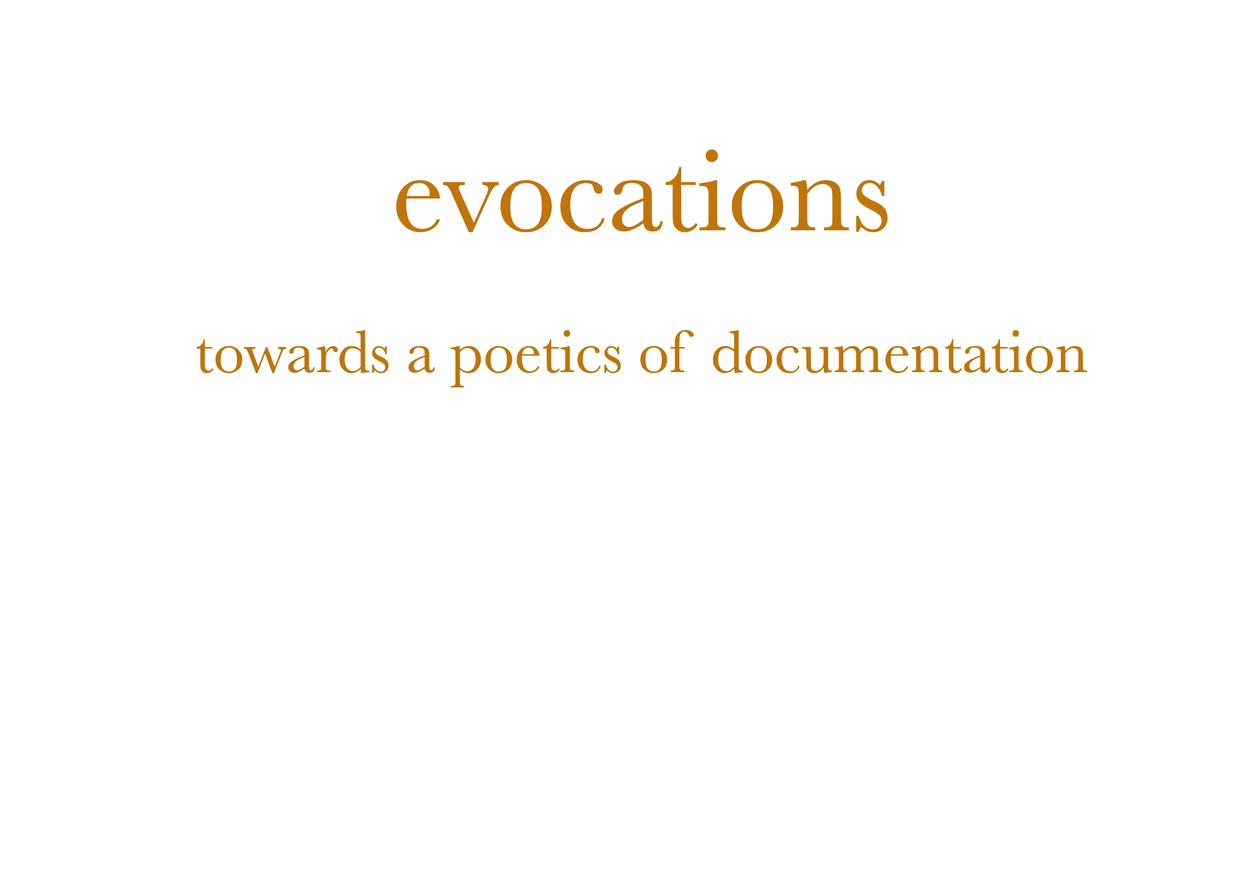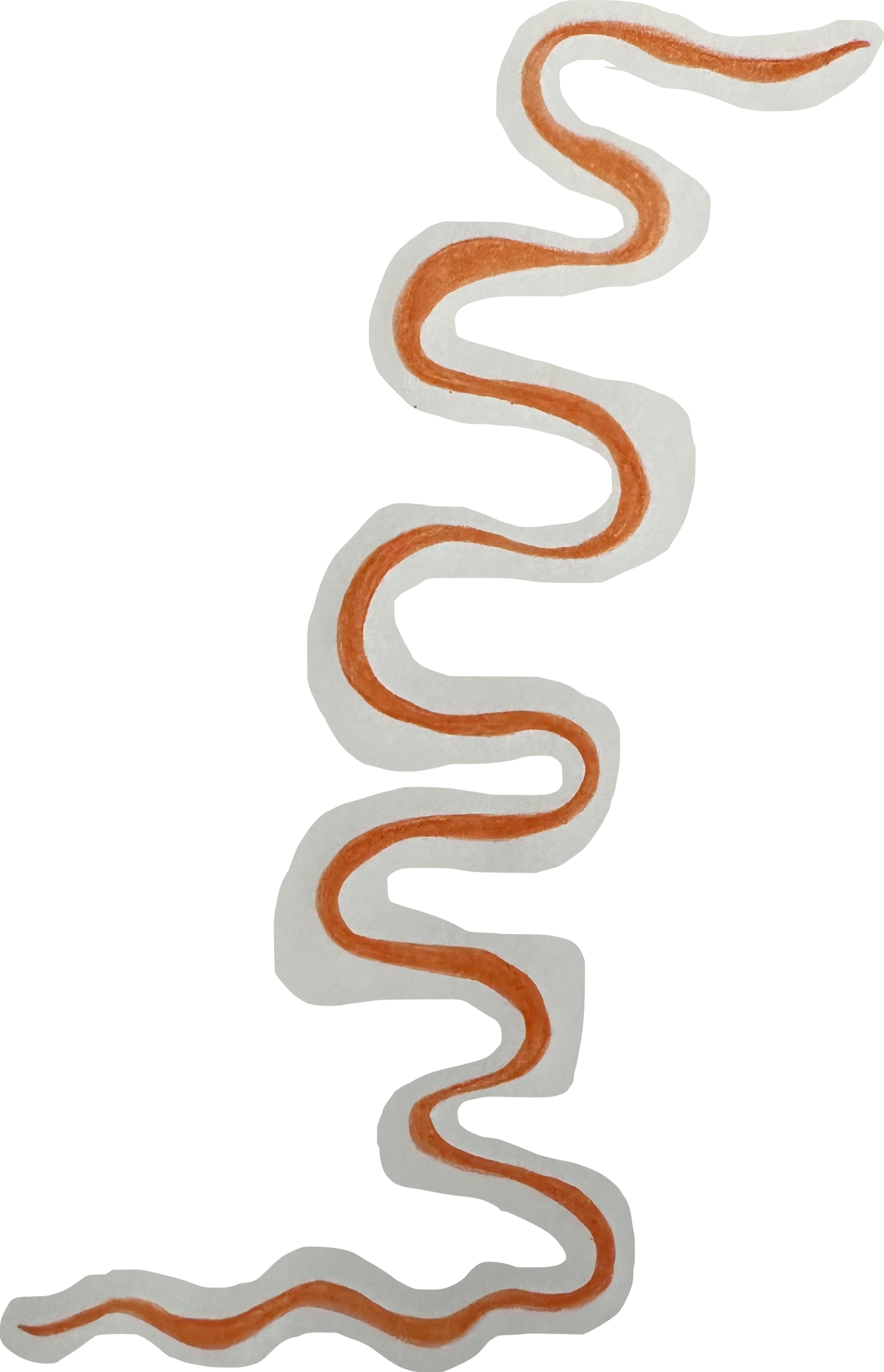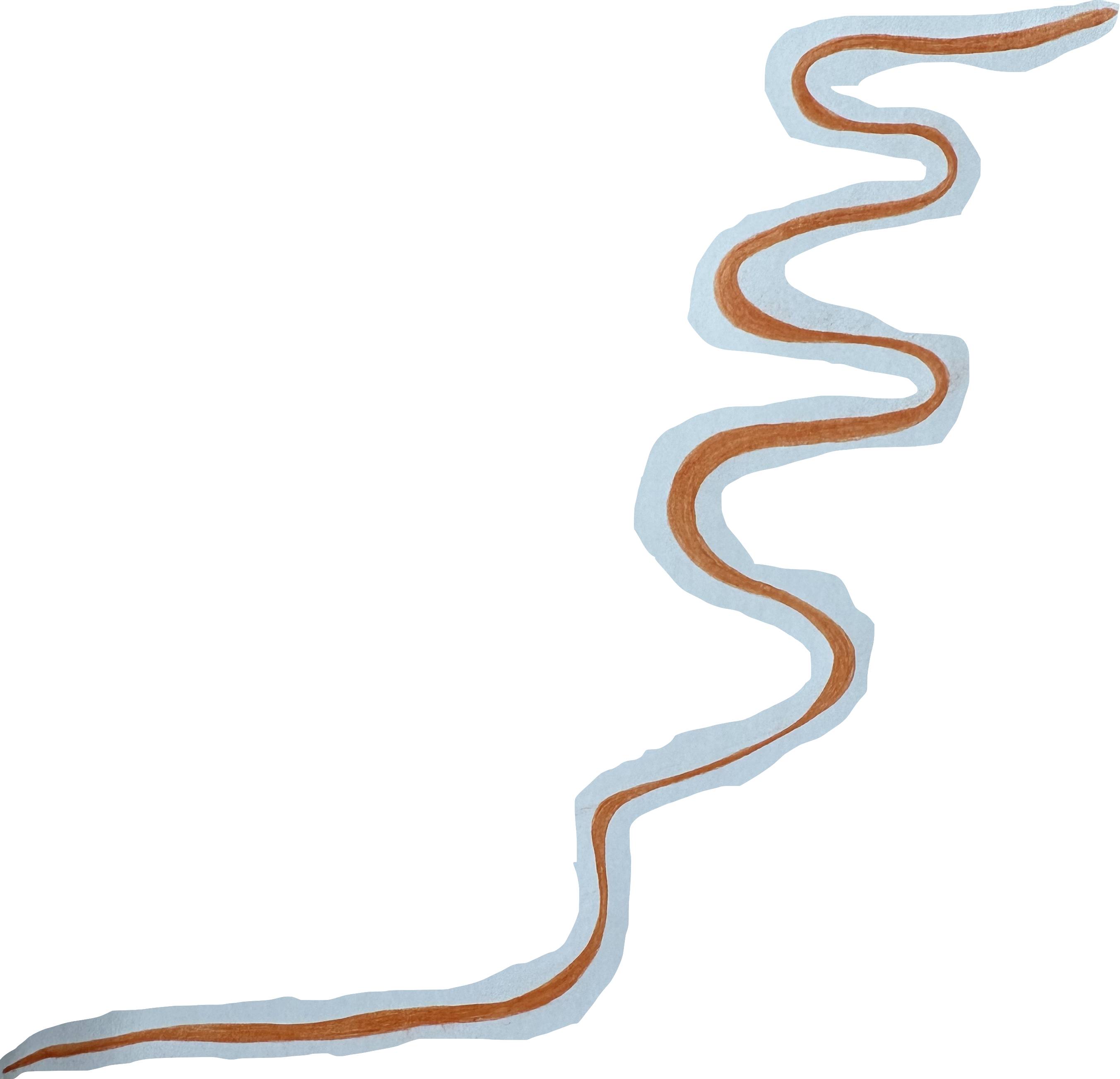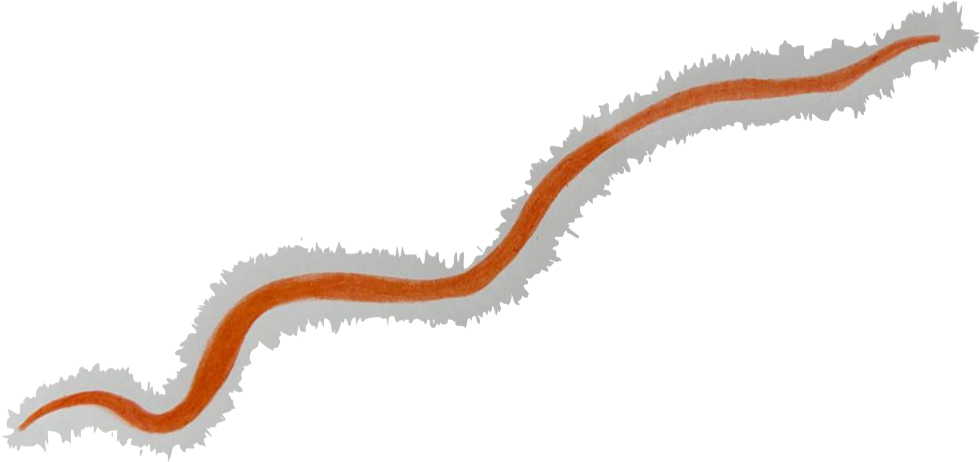this exposition will
outline
two projects
from within my
and
that explore
alternative
non-conventional
documentation
of performance
and artistic practice
by presenting
the project traces
in more detail
How to see what is not there?
Asked Alice with a puzzled tone in her voice.
Oh my dear, do you see the wind?
Asked back the Snake without giving Alice a chance to answer it, and kept talking.
Observe the top of the trees moving. Sometimes we can feel the breeze in your face, we can smell the fresh air of winter, and other times we hear the wind. You can see what is not here by observing the things, bodies and worlds around the things we do not see. Invisible things. They suddenly materialise in other things. They have this incredible ability to be shaped through others.
both projects explore
ways of dealing with
the experiential loss
of live art and
artistic practices' documentation
by attempting to give access
to the process
while working with documentation
as a way to enter
make connections
be a bridge to
what lays inside those works
as processual and experiential
as zooming in
and exposing
the potentiality of life
existing
intrinsically
in a seed
instead of
offering
an image of a seed
or a proof
that this
particular
tree
came from that seed
those projects
then
focus on the poetics
and sympoieis aspects of
the act of documenting
she remembers
bringing close
to her eyes
a stone
that had
seaweed
attached to it
a line of residues
on the beach
with many curves
and shapes from
the wave’s pulse
this way
to look into documentation
follows a contemporary wave
of artists
who goes further away
from the earlier discussions
related to evidence
in art documentation
that surrounded many of
the early works of
live art in the 60s and 70s
inspired by thinking of
documentation as
a way to
offer an encounter
with an artwork
in a future
and a process of bridging
speculative imagination
the iconic work Leap into the Void
by Yves Klein
from 1960
uses photomontage
to document his action
of jumping from a house rooftop
towards the street
this document/ation
plays with
and challenges
the idea of evidence
even with all of Klein’s efforts to
keep secret
the manipulation
of the photograph
after many years
it is known that
his friends
were holding a safety net
to catch him
Klein’s work stretches
the photographic
medium’s veracity
which
at that time
had a stronger impact
on the viewer
than
it would have had today
with the ongoing expansion
of technological tools for
image manipulation
hyperreality, VR
and
even more recently
AI developments
photos and moving images
can easily be detached
from veracious facts
the already questionable
concept of reality is
yet again
put into question
Klein was playful
by offering evidence
of a performance
which happened
yet
not quite as
its evidence shows
Klein misled the viewer
Chris Burden is another
iconic artist who explored
photographs as way of
giving evidence of his
potentially dangerous
performances
differently from the
seriously playfulness of Klein
evidence
was treated as
a seriously precise matter
in Burden's work
in Shoot (1971)
Burden is shot in his arm
by a friend
an eight second 16mm film
photographs and a text
written by the artist
are the documentation of
his most famous performance
during his career
Burden used documentation
as a way to
precisely guide the viewers
preventing any misreading of his work
by making a simple
yet intrinsic
relationship between
the objects or traces of objects
of his performances
became art objects
such as the bullet
which reached his arm
or the padlock from his performance
Five day Locker Piece (1971)
when he locked himself
inside a locker at the university
for 5 days
those objects are both
evidence and
art objects
exhibited together
with other documentation
Burden's methodical work
with documentation
resembles a work of a
professional documentarian
the act of
giving clues
evidence
proof of something is
strictly
related to documentation
now
let us go back
ten
twenty
years before
those artists were exploring
with documentation
let us display time
but also shift context
by doing so
we leave
for a moment
the art field
and I invite you to enter
a library
there we can meet
Suzanne Briet
a French librarian
who in the 50s
gave a new take
on documentation
in her essay
What documentation is
opening the path and helping us
to slowly dare to invite
evocation and poetics
to the scenery of documentation
inspired by some
linguists and philosophers
of the time
Briet proposed a way
to think of documentation
that frees it from
being
fixed knowledge of something
to being an indicator
a sign
of something
Briet does not stop there
she also frees documentation
from its materiality
when relating documentation
to not only being
a concrete sign
of something
but
also being
when Briet
offers
to think of documentation
as pointing at the thing
she introduces the gap
a gap between
the thing itself
and its documentation
there is the thing
and a sign
that points at the thing
she makes it possible
to think of the
documentation process
as bridging
While crossing a bridge, Alice stopped for some time, looking at the river’s water flowing. She remembered what the Snake told her and she thought the river is the big snake in a forest.
the i nd i cator of a th i ng
i s never the th i ng i n i tself
to document
is inevitably
to engage with a process of selection
choosing what comes in
what stays out
going back to the idea of
documenting art works
in the work of Klein
mentioned before
what is chosen to be absent from
the shared documentation
is the essence in that work
even if a full-length performance
is documented
the angle or angles chosen
already makes a cut
brings a frame
directs a choice
seen in this way
an absence or several
is inevitable in
any documentation process
therefore
we can already think that
to document is an act of bridging
proposing associations
where absence is present
a void in documentation
documentation is there
making a bridge
with the fact
of not
experiencing
of not
being present with
the thing
or phenomenon
in this case
with an artwork
the documentation
the indicator
proposes an encounter
within absence
it is both
an opportunity
to encounter the work
from what points at it
and an opportunity
to be faced with such voids
where invisible relations
are
potentially
created
between presence and absence
in that sense
to encounter
documentation of live art is to
indirectedly
experience a certain absence
to overcome
an absence
where another bodily presence
once was
bodily presence of
materials
audience
performer
the bodily presence
in which
documentation
went through
whatever body
that once was
something
someone
an entity
a body
a medium
was present
potentially
registering something
somehow
because of its presence
during the
past event
we
at the current
present-future
might have access
to something
that points back at the work
this act of pointing back
we can also call
remembering
the documentation
travels back
pointing to the work
while bridging it
to the present-future
where the viewer
currently
is
Peggy Phelan in
Unmarked – The Politics of Performance
helps us to make
a link
between
documentation and memory
when dealing with live art
and experiential artistic practices
how does this memory
take shape
how is this memory
passed on
the main aspect
which is often lost
is the experience of the ephemeral
from the audience or participant’s point of view
the subjective sensuous experience
of being bodily present
with a live artwork
is lost
this experiential loss
that occurs
when
documenting live art
is ontologically connected with
the ephemeral aspect
of those art forms
ephemerality here
refers to
the fact that certain art forms
are not able to be experienced
in the full form of their expression
by an audience
after
they take place
a painting
for example
can be experienced
again and again and again
by audiences
through a stretch of time
even if its
context of where and how it is being
experienced changes and affects the viewer
the paint
can be experienced
in its full form of expression
a performance
a concert
can only be
fully
experienced
when it takes place
a minute later
this ephemeral experience
as a possibility
for the absent viewer
does not exist any longer
though
the experienced work
lasts
it remains
in the body
of the ones
who perform it
who took part in
or witness it
when it happened
apart from linking
documentation to memory
in Unmarked
Phelan emphasises ephemerality
by stating that
performance lives
in the present
and the documentation of it
when Briet relates
documentation to
symbolic sign
and Phelan
relates it to memory
an invitation is sent out
to think of
documentation process
as evocations
in the English dictionary
evocation is
"the act of bringing a feeling,
memory, or image to the conscious mind"
to evoke then is
to re-enact
to re-constitute
to re-place
to re-cover
something
in a new temporality
what the act of evoking
can do to
documentation
to the
documentation process
and to the
ones who
only
encounter the
documentation of the live artworks
what happens
if what is evoked of a work
in its documentation
is exactly that
which is
fundamentally lost
the sensuous bodily experience
of being present with the work
it is interesting
to observe
how artists have been
creating bridges between
the absence of their work
across time-space
the first documentation
of live artworks that started to spread
from the 50s onwards
used photographs or video recordings
as the most common ways to document
in her essay Regarding the pain of others
Susan Sontag offers us
a reading of photography that is useful here
even if photographs
are not proof of a reality
especially
with all the possibilities for
image manipulation
and by taking into consideration
the subjectivity which
accompanies the act of
framing an image
the transcription aspect
of photographs
video and sound recordings
potentially
attempts to mirror things
perhaps
the use of
images in documentation
has been the one most used
until today
exactly
because of its capability
to depict
immediate likeness
to the thing documented
several contemporary artists
working with live art
left behind
the earlier tendency
in art documentation
of proving
a work was done
or giving evidence of it
to reenforce
the ephemeral aspect of their art
by exploring
the artistic
subjective
or
collective
in documentation
resulting in a vast variety of
non-conventional methods
of live art documentation
explored recently
that challenges
pushes the boundaries of
the well-known and
established
methods of
documentation
some examples
of those explorations
can be found in the
contemporary works of
Carsten Höller
Tino Sehgal
Lee Campbell and
the collective DARC
I must also mention
Haley Newman
who plays with the idea
of fake evidence
in Newman’s
Connotations Performance Images 1994-1998
situations were constructed for photographs
explicitly playing with the
relationship between veracity
and documentation
Newman did perform
for the photographer
yet
the descriptions added to the photos
as documentation
are fiction
in Carsten Höller’s work
The Boudewijn Experiment: A Large-Scale,
non-Fatalistic Experiment in Deviation of 2001,
100 people were invited to spend 24 hours
in the Atomium in Brussels.
this art event only exists in the
experience of the participants
its documentation
is an attempt to
emphasise
the ephemeral aspect
of a participatory art event
while relying on
the subjective
experience of the participants
Tino Sehgal
is an artist who reinforces
the ephemeral
oral and
participatory aspects of his work
by refusing to document
his Situations
Sehgal employs a radical strategy
to address
the loss of the experiential
when dealing with documentation
Sehgal insists
on ephemerality
and
on the momentary and bodily
aspects of live art
while
also pushing the boundaries of
how the visual art market
purchases his works
Sehgal adopts oral practices
to re-enact his pieces
the participants learn
their parts of the re-enactments
from person to person
only through oral guidance
as there is
no official
image-based documentation
Sehgal’s persistence
can lose its intention
when photos and video recordings
from viewers
now fills the internet with
unofficial documentation
mostly
done with their mobile phones
yet
the endurance of Sehgal’s practice
still
allows questions of
preservation
materiality of art works
dissemination
and art market
to be part of
critical discussions around
traditional and conservatory practices of
museums and art galleries
even the titles of the pieces
the contracts of participation
and the contracts of sale
are oral
other artists
have collectively explored
creative forms
of documentation
such as the collective
DARC –
documentation
action
research
collective
an interdisciplinary
artist collective
exploring alternative
ways to
document
performance
another artist
who used
drawings as documentation
is the film maker
poet and performer Lee Campbell who
in the context of research
and dissemination
in performance art practice
has proposed
painting
drawing
and writing as
non-traditional forms
of documentation
of his performances
Alice was distracted being drawn to the shapes the gate, when she saw the Snake geeting closer. Alice reacted with a little jump. The Snake asked if she did scare her, it was not her intention – at least not fully her intention. Alice said that indeed she got scared but it lasted only a fraction of a second. It immediately transformed in happiness, seeing that it was her arriving.
What got your attention here in these shapes of the gate? Asked the Snake.
I am not sure, replied Alice. I was thinking that these drawings are beautiful, intriguing. It feels like they mean something, yet this is kept away from me. As if they are saying something, but it is secret. Can abstract shapes speak to us?
All shapes speak. They are communicating through their shapes and meanings goes through them, lick out of them, no matter if we understand those meanings or not. Yet, if we do so. We are accomplices. We then share secret knowledge. Shapes, words they are all filled with specific powers that they carry with them. Replied the Snake.
for me
the most
exploratory
way of
writing
sounding
imagining
creating
relating to aesthetics
experiencing the world worlds
is through poetry
as poetry is my main
companion in life and art
it made sense to me
to adventure
in exploring
how my poetics
would manifest itself
in documentation
and more specifically
when documenting
sensuous experiences
in some of my
performances and artistic practice
wonder
attentiveness
evocation
observation
memory
sensorial awareness
care
transformation
while becoming with those experiences
my current artistic research
embodiment environment – towards poetic narratives
explores relations between
movement and voice
via sympoietic encounters
with bodies
matter and
environments
proposing the body as an environment
Donna Haraway also relates to sympoieis
when referring to the
Gaia Theory
of Lynn Margulis and James Lovelock
stating that living beings
and the environment
make each other
the simple idea of
becoming-with or
in the company of
is at the core
of my artistic practice
that has its emphasis on
the agency of encounters
between bodies and environments
the premise is
not to move in an environment
but rather
to move with and within
an environment
exploring how
this subtle
yet
important shift of
attention and intention
can allow
the performer's movement
to become itself
through moving
within an environment
while
how
for that exact moment
the environment
becomes-more-than-itself
within the presence
of the performer's body in motion
this shift of
at-tention in-tention
looks into facilitating
embodied experiences
via practicing
states of
ethical responses to
the way those aspects
integrate with
are aligned with
how my artistic practice is practiced
the main sources
of inspiration for the research is
the concept of sympoieses
and principles of ecological thinking
or better saying
bio-interaction
to use a term from
the Brazilian thinker quilombola Nêgo Bispo
quilombola is black communities
of resistance found since slavery context of colonisations
Bispo proposes concepts of
bio-interaction
instead of
ecology
and against-colonialism
instead of
minimising
the production
of documentation
through a cyclical approach
documentation being documentation
and
documentation being other than documentation
and looking into how affects produced by
a piece of documentation
feed back
into the work already done
and
simultaneously
into a work yet to be made
in this matter
the becoming-with
aspect of
sympoieses
is in dialogue with
cyclical regenerative
processes
in an artistic research context
one can
easily
get overwhelmed by
the amount of documentation
produced as a practitioner
this artistic research project
engages with
modes of work
attentiveness
simplicity
resistance
insistence
durational
evocation
care
are at the base
of modes of work
a single seed is
a potentiality for multiple
transformations and becoming(s)
the
work is informed by
cycles
recurrences
sinuousness
sensuousness
strategies
duration
endurance
in dialogue
with sustainable
ethical systems of interactions
and regenerative modes of practice
waste is a human concept
and sustainability
according to Ailton Krenak
a desperate attempt
to deal with a self-made problem
by the
capitalist racial patriarchal colonial regimes
in the natural world
everything is reused
any byproduct
moves through
processes of transformation
becoming something else
nature is
regenerative
restorative and
cyclical
method
investigating
processes to
fragment
concise
and absent
while
incorporating
the subjective experiences
of the participants
or documentarian
absenting
fragmenting
concising
how
did I come
about these terms
as a poet
in the field
of contemporary poetry
I work primarily
in verse form
thinking through
condensed language
and fragmented narratives
I remember
wondering if I have been a bird
writing in verses
consequently
produces a vast quantity
of blank spaces on the page
In the conventions of prose writing, the small blank spaces customarily occur between each word, sentence and paragraph, leaving the page filled with many words and few empty spaces. (as in this sentence)
the blank spaces
of poetry
on the page
the absence of
grammatical thinking
with emphasis
on the power of words
as they stand
mostly
by themselves
can be found
in my poetry
and they have inspired my
explorations
into
how practices
of concision
fragmenting
and absenting
might contribute
to processes of documentation
becoming part of
its composition
its dramaturgy
incorporating
subjective experiences
in documentation
the choices
made by the documentarian
indelibly shape the documentation
yet
what if
the documentarian’s experience
of an artwork
particularly
their artistic gaze
becomes the main focus
or even
the primary expression
of the documentation
a work
generates
a work
thinking through eco-logic (ecological logic)
proposition for the project
I. exploring how
experiential single narrative
can be documentation
and how those narratives
can be generative
of collective narratives
proposition for the project
I. exploring how
documentation can be generative
through focusing
on the artistic gaze
of the documentarian
a documentation
ciclically
becoming
another artwork
by this artist
References
Bispo, Antonio. Aquilombar o Antropoceno, Contra-colonizar a Ecologia. Evento Cesta. Available at: https://www.youtube.com/watch?v=7RCuzE6b83k&ab_channel=uspfflch . Accessed 9th October, 2023.
Briet, Suzanne. Suzanne Briet's What is Documentation? Translated and edited by Ronald E.
Day and Laurent Martinet with Hermina G.B. Anghelescu. Éditions Documentaires
Industrielles et Techniques. France, 1951.
Campbell, Lee. Beyond Pollock: on visual art objects as non-traditional forms of performance
document in International Journal of Performance Arts and Digital Media (Loughborough
University School of the Arts, Loughborough, UK.), 2014, Available
at: https://www.tandfonline.com/doi/abs/10.1080/14794713.2014.912499 . Accessed 17th October, 2022.
Groys, Boris. Art Power. MIT Press. Cambridge, 2008.
Haraway, Donna. Staying with the Trouble - Making Kin in the Chtchulucene. Duke
University Press, 2016.
K. Le Guin, Ursula. The wave in the mind: talks and essays on the writer, the reader, and the imagination.
Shambhala Publications, 2004.
Krenak, Ailton. Life is not useful. Polity Press, 2023.
Krenak, Ailton. O Mito da Sustentabilidade. Aula palestra, Universidade de São Paulo. Available at: https://www.youtube.com/watch?v=rirmTovEors&ab_channel=DiversidadesUSP . Accessed 25th July 2023.
Live Art UK. Documentation Action Research Collective (DARC)
http://www.liveartuk.org/blog/documentation-action-research-collective-darc/. Live Art UK blog, 2018. Accessed 25th July 2023.
Phelan, Peggy. Unmarked – The Politics of Performance. Routledge, 1993.
Rolnik, Suely. Symposium: Suely Rolnik Deconstructs the Colonial Unconscious. Availble at: https://www.youtube.com/watch?v=yASMCTAHiVM&ab_channel=GuggenheimMuseum . Accessed 9th October 2023.
Schimmel, Paul. Leap into the void: Performance and the Object. Out of Actions – between Performance and the Object 1949-1979. Thames and Hudson, Inc. 1998.
Sontag, Susan. Regarding the pain of others. Farrar, Straus and Giroux. United States, 2003.
Van Saaze, Vivian. In the absence of documentation – remembering Tino Sehgal’s constructed
situations. Revista de História da Arte/04. Instituto de História da Arte – Faculdade de
Ciências Socias e Humanas – UNL. Portugal, 2007.





